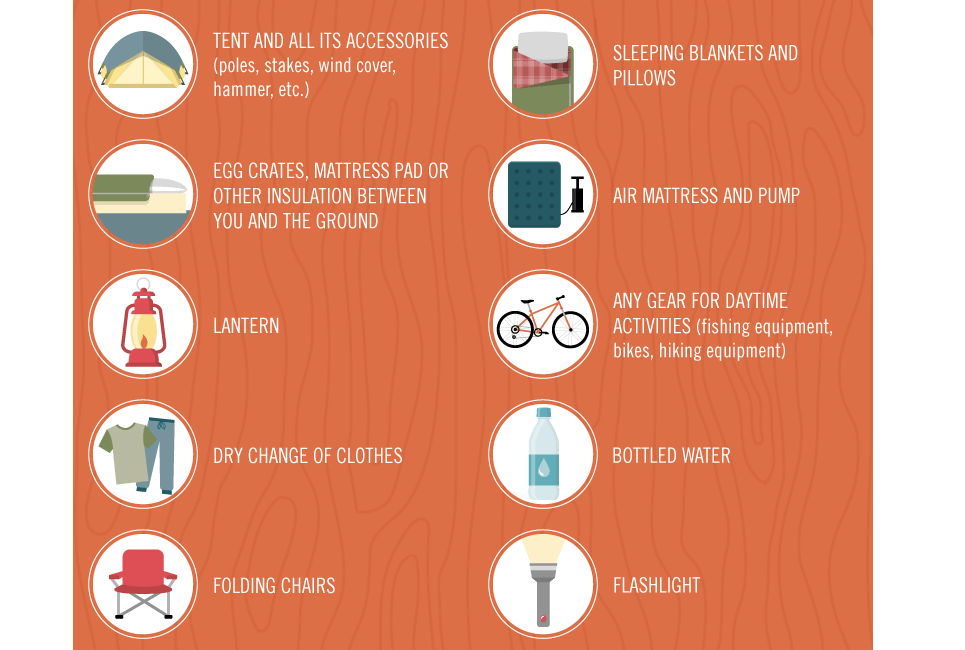Winter season outdoor camping is a fun and daring experience, however it requires correct gear to guarantee you stay cozy. You'll need a close-fitting base layer to catch your body heat, in addition to a protecting coat and a water resistant covering.
You'll additionally require snow stakes (or deadman anchors) buried in the snow. These can be tied using Bob's clever knot or a normal taut-line drawback.
Pitch Your Outdoor tents
Wintertime outdoor camping can be a fun and adventurous experience. However, it is important to have the proper equipment and recognize exactly how to pitch your camping tent in snow. This will prevent cool injuries like frostbite and hypothermia. It is additionally crucial to eat well and stay hydrated.
When establishing camp, see to it to select a site that is sheltered from the wind and free of avalanche threat. It is likewise a great idea to load down the location around your camping tent, as this will help in reducing sinking from temperature.
Before you set up your outdoor tents, dig pits with the exact same size as each of the anchor factors (groundsheet rings and person lines) in the center of the outdoor tents. Load these pits with sand, stones or even things sacks full of snow to compact and safeguard the ground. You might likewise want to take into consideration a dead-man anchor, which involves linking camping tent lines to sticks of wood that are hidden in the snow.
Pack Down the Area Around Your Outdoor tents
Although not a requirement in most locations, snow stakes (also called deadman supports) are an outstanding addition to your outdoor tents pitching set when outdoor camping in deep or pressed snow. They are essentially sticks that are made to be buried in the snow, where they will ice up and create a solid anchor factor. For finest results, make use of a clover hitch knot on the top of the stick and hide it in a few inches of snow or sand.
Establish Your Camping tent
If you're camping in snow, it is a good concept to use an outdoor tents developed for winter backpacking. 3-season camping tents work great if you are making camp below tree zone and not expecting specifically severe climate, however 4-season outdoors tents have stronger posts and materials and supply more defense from wind and heavy snowfall.
Make certain to bring sufficient insulation for your resting bag and a warm, completely dry inflatable floor covering to sleep on. Inflatable mats are much warmer than foam and aid avoid cool areas in your outdoor tents. You can also include an extra mat for resting or cooking.
It's additionally a good concept to establish your tent near a natural wind block, such as a group of trees. This will certainly make your camp much more comfy. If you can't discover a windbreak, you can develop your own by digging openings and burying items, such as rocks, outdoor tents stakes, or "dead man" supports (old outdoor tents man lines) with a shovel.
Restrain Your Outdoor tents
Snow stakes aren't needed if you make use of the best strategies to secure your tent. Hidden sticks (possibly collected on your technique walk) and ski poles work well, as does some variation of a "deadman" hidden in the snow. (The idea is to produce a support that is so solid you won't be able to draw it up, despite having a lot of effort.) Some suppliers make specialized dead-man anchors, but I like the simpleness of a taut-line drawback tied to a stick and after that hidden in the snow.
Recognize the terrain around your camp, particularly if there is durability avalanche danger. A branch that falls on your outdoor tents could harm it or, at worst, wound you. Also be wary of pitching your camping tent on an incline, which can catch wind and bring about collapse. A sheltered area with a low ridge or hillside is far better than a high gully.
